There are a lot of benefits of canning food at home. Recently there has been a renewed interest in growing your own healthy food, and many are realizing that canning is a great way to preserve the harvest.
I grew up living next door to my grandmother. My grandfather died at a young age so she lived on a very limited budget. She was also a great cook, and prepared everything from scratch. Every year I’d watch her preserve vegetables in her giant pressure canner. She didn’t grow much at home because she worked full time to support herself. However, her friends and locals would share their harvest with her. She’d have her wire shelf full of preserved vegetables by the time fall rolled around every year.
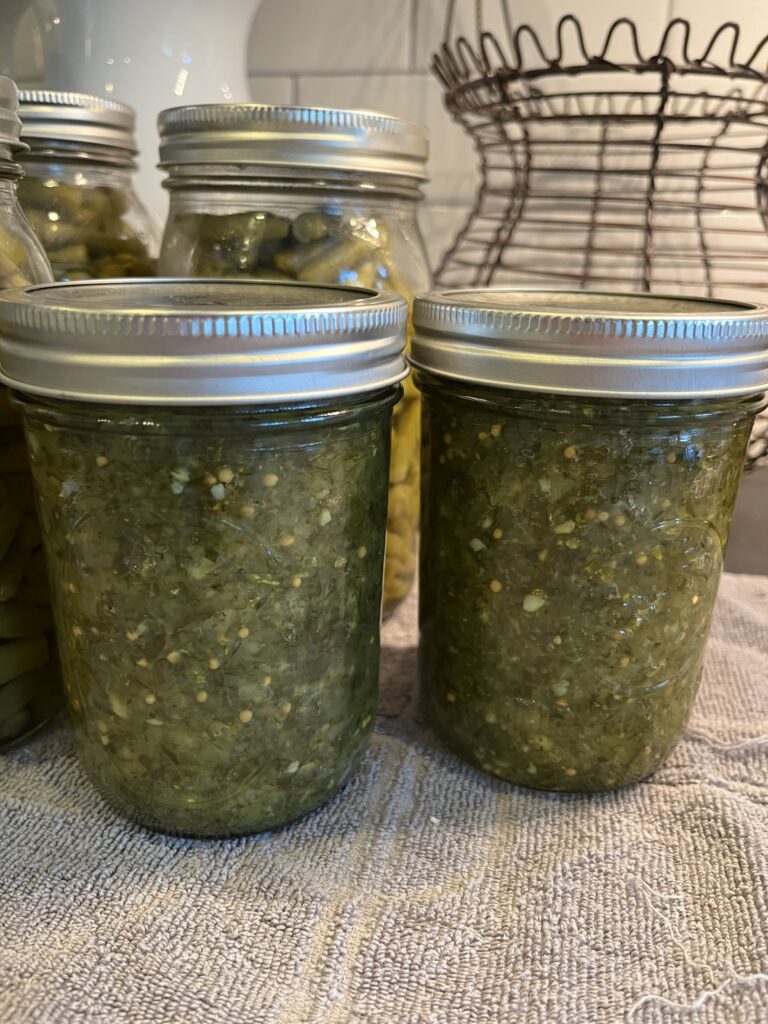
While canning is a bit nostalgic for me, there are plenty of great reasons to learn to can as a way to preserve your food. Here are the top 5 benefits of canning your food.
This post may contain affiliate links which means I make a small commission at no extra cost to you. Read my full disclosure here.
1. Meals in a pinch
If you’re a working parent, or you don’t have endless hours to spend in the kitchen preparing meals, canning is for you.
The food cooks during the canning process. This meals it only takes a few minutes to heat it and serve.
You can easily can beans, peas, corn, potatoes, and meats. Full meals like stews, chili, and soups are also super convenient when you’re in a pinch. With a few staples canned in the pantry, you can have a healthy, home-cooked meal on the table in under thirty minutes.
Here are some of my favorite meal recipes:
- Chili -Be sure to add the beans when you open and serve the chili per ball’s suggestion
- Beef Stew
- Chicken Soup You can also add noodles when you open and serve if you choose to.
2. Canning Saves Money
Growing food in your garden at home can be cheaper than purchasing organic food at the store. Especially in recent times when even non-organic food is crazy expensive.
A packet of seed is generally under five dollars to purchase. When you plant a garden you can produce hundreds of dollars worth of food.
If canned properly, your harvest will last and feed your family for many months. one of the benefits of canning is that it will cut out the need to purchase that item at a marked up price from the grocery store. It’s a great skill to have if you’re on a budget!
Gardens do have some up front costs such as purchases seeds, and the tools you need to maintain it. However, if you practice no-till methods and save seeds every year, you can save a lot of money on your food.
If you’re not growing your own food at home, canning allows you to purchase in season food in bulk at a lower price. Keep a watch on seasonal produce at your grocery store. When it goes on sale, buy it in bulk. Then can it to enjoy later. I do this with produce like pineapple that I don’t grow myself at home.
3. Healthier Food- One of the Major Benefits of Canning
Food grown commercially is often sprayed with fertilizers, pesticides, and herbicides in order to ensure a good crop at harvest. The food you purchase at the grocery store has to travel a long way to get to you. Preservatives are added to prolong the shelf life of the food. Other chemicals are also added for flavor, texture, and color.
Many of these chemicals aren’t healthy for the body leading to chronic illness, or disease.
One of the biggest benefits of canning your own food is you know exactly what went into growing the food. You also have complete control over what is added to the food during the preservation process. The end product is much healthier than you can buy at the grocery store. If you would like to learn more about planning a garden and growing your own vegetables, take a look at my article on how to plan a garden.
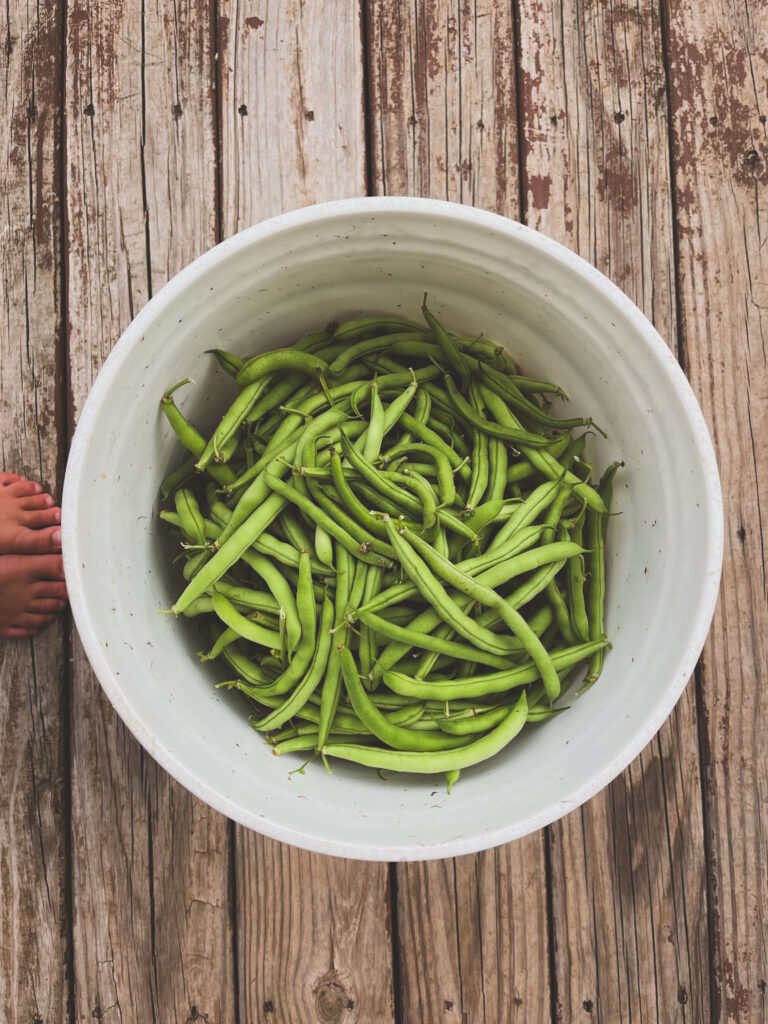
4. Canning Food Makes it Shelf Stable.
One of the benefits of canning is the process of heating and preserving food makes it shelf stable at room temperature. If you’re like me, then freezer space is precious. Being able to store food in the pantry leaves more room in the freezer.
Having food that is shelf stable is also great in case of power outages. You won’t have to worry about your food going bad, and loosing money when it has to be thrown out.
We once went on a vacation for several days and when we go home, there was a terrible smell in our house. Come to find out the deep freezer door had been left open. Talk about crying! Literally thousands of dollars worth of food was wasted.
I decided then to not keep all buy “eggs” in one basket. Canning food diversifies your storage capabilities. If we lost the freezer today, it would still be devastating, However, I feel a little bit of security knowing a good portion of my food is sitting safely on the shelf.
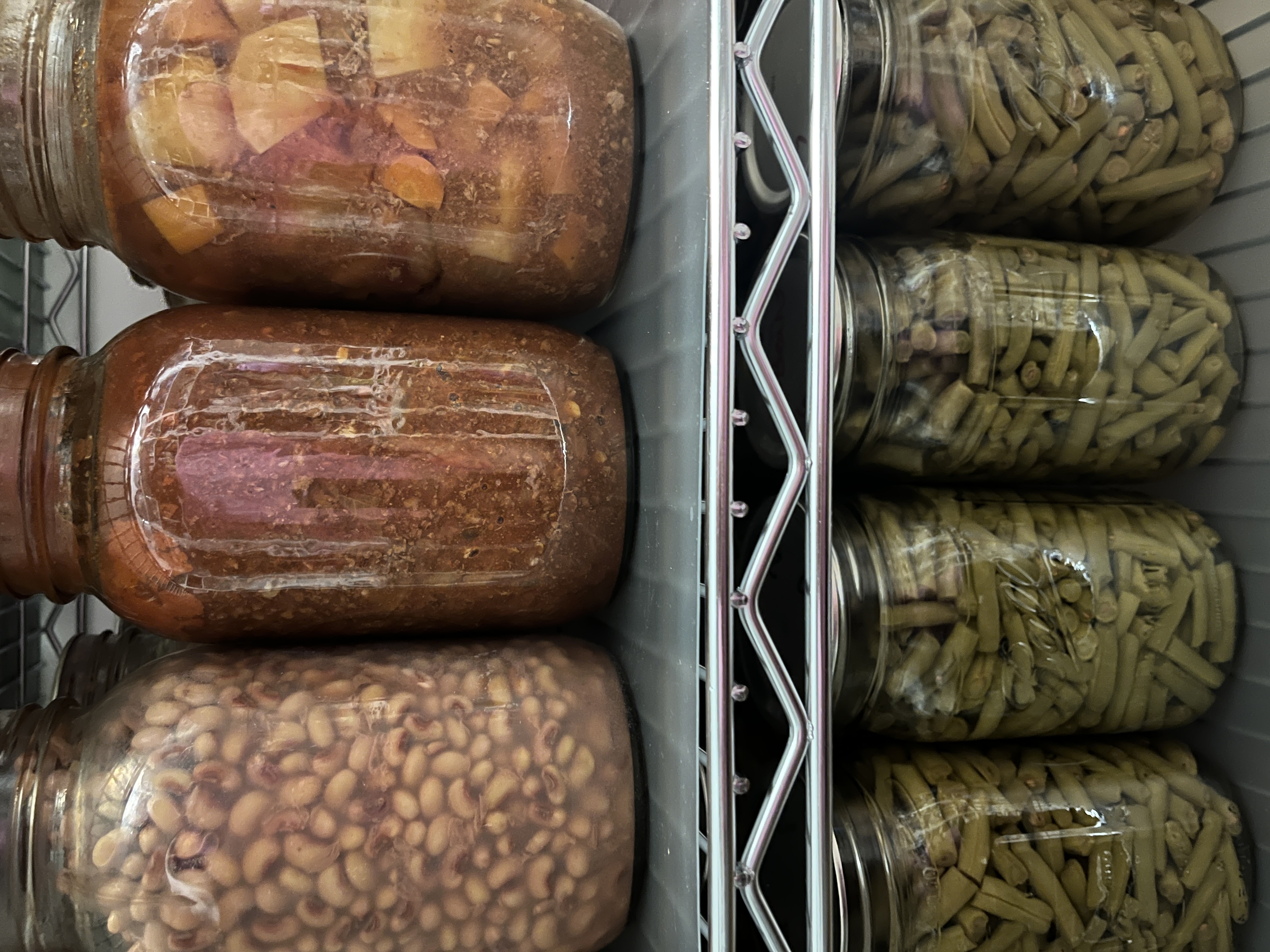
5. Sustainability
Commercially grown and harvested food has a significant impact on the environment. The pesticides and herbicides used in growing not only have harmful effects on the wildlife and environment, they’re also very dangerous when they’re consumed.
Transporting the food uses a lot of resources and increases the cost. It really just doesn’t make a lot of economical sense to haul food from one side of the country to the other. Think about the fuel cost, emissions, wear and tear on the roadways, and so many more factors.
Getting commercially grown food from point A to point B also takes a lot of time. The longer the food sits in storage the more loss of nutritional value.
Packaging used on the food also produces waste for landfills. I’m a high school teacher and cafeteria lunches always baffle me. Sliced apples, carrots, broccoli, and more placed in a plastic package for serving. It produces so much waste!
Preserving food at home eliminates a lot of the impact commercially grown food has on the earth. It’s much more sustainable. The food retains more of its nutritional value if it’s canned fresh. Canning jars can be reused year after year. There is virtually no plastic waste to end up in a land fill later on.
Home Canning FAQs
Is home canned food healthier for you?
Anytime food is heated, like during the canning process, there is going to be some nutritional value lost. Food in its fresh, raw state is almost always going to have the most nutrients. However, home canning does retain some of the nutritional value that’s lost simply from the time it takes for food to travel after it’s harvested. Food canned at home is generally canned very fresh making it healthier than store bought.
How long will canned food keep?
That really depends on the food you’re canning. Tomatoes have a lot of acid. inevitably, they are going to break down more than foods that don’t have a lot of acid. While they’d probably be safe to eat, in my experience they aren’t as good after 1 year to 18 months.
Low acid foods like green beans will keep for 2-5 years as long as the seal is intact. They don’t tend to lose their quality like higher acid foods do. However, canned foods never stay on the shelf that long around here. I’m constantly rotating things out and adding new.
Are there any foods that shouldn’t be canned at home?
There are a lot of foods you find canned on store shelves that aren’t necessarily safe for home canning. Foods like eggs, milk, butter, pesto (sadly), and nut butters. That’s because home canning set ups don’t have the ability to reach the required temperature to kill all the microorganisms.
Now, I know that’s a very controversial statement in the homesteading world. You’ll see people canning all kinds of things that are “off limits”. I personally don’t play around with botulism and only follow researched recipes like the ones found in the Ball blue book or on the national center for home food preservation website.
Supplies Needed for Canning
Now that you know all the great benefits of canning, you may be wanting to get started. While canning can save you money over time, there are a few things you’ll need to get started.
- Pressure Canner. This canner is easy to use, and very reliable. There aren’t a lot of complicated parts which makes this a great choice for beginners. I’ve been using a Presto canner myself for years, and love it. This canner is also great for water bath canning. However it can take time for your water to heat up using a pressure canner. If you aren’t interested in pressure canning just yet, a water bath canner is a great option for beginners.
- Canning Jars and lids. Canning jars are a little bit of an up front investment. Once you have an established set, you can reuse them for many years. I have jars that belonged to my grandmother. As long as the jars aren’t cracked, etched, or broken, you can use them. If you plan on using single-use lids, you’ll need to repurchase lids every year, but you can reuse your rings. I’ve personally always had great success with Ball Canning Lids.
- Various Canning Tools. These tools are not completely necessary to start canning, but they do make the process a lot easier. The specific tools I use the most are a jar lifter and measuring tool.
Optional Canning Supplies
- Ball Complete Book of Home Preserving. This book will be your best friend when you are learning to can food. It’s very important to only use tested recipes, and processing times. In the book you will find all the information you’ll need to get started, step-by-step instructions, as well as tested recipes. I highly recommend referencing this and the National Center for Home Food Preservation for more information on how to can safely.
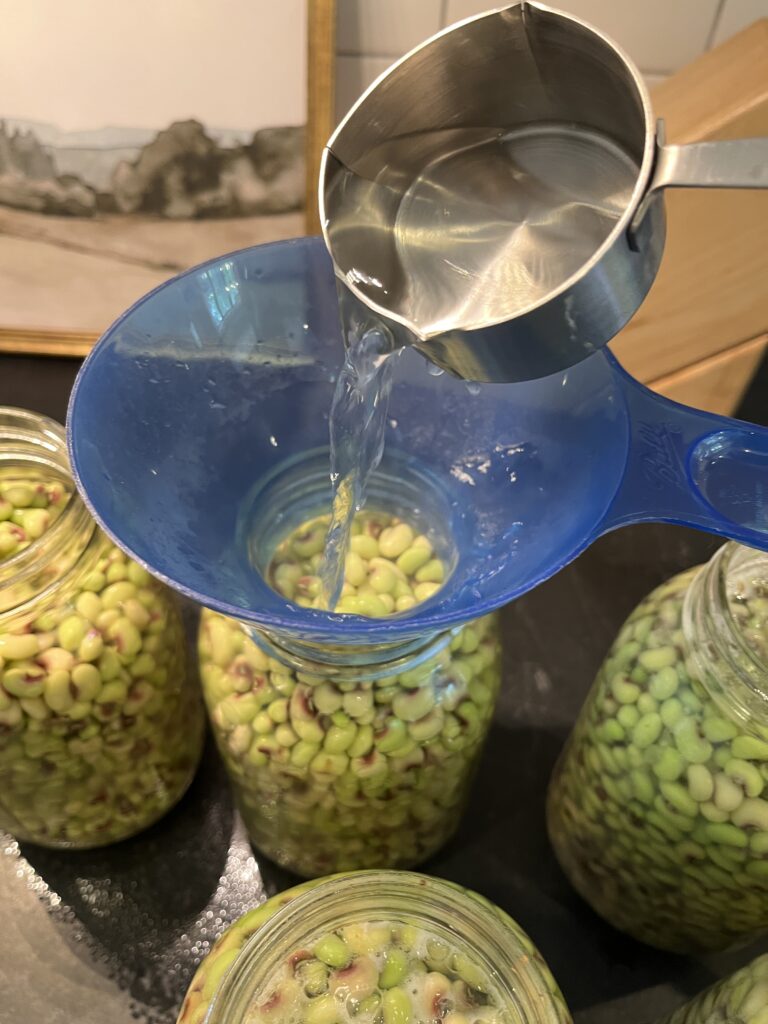
Canning is a skill that is sure to serve you for many years to come. Start with something easy such as tomatoes or beans, and go from there!
If you enjoyed this article, please share it! Thanks for visiting my little farm!
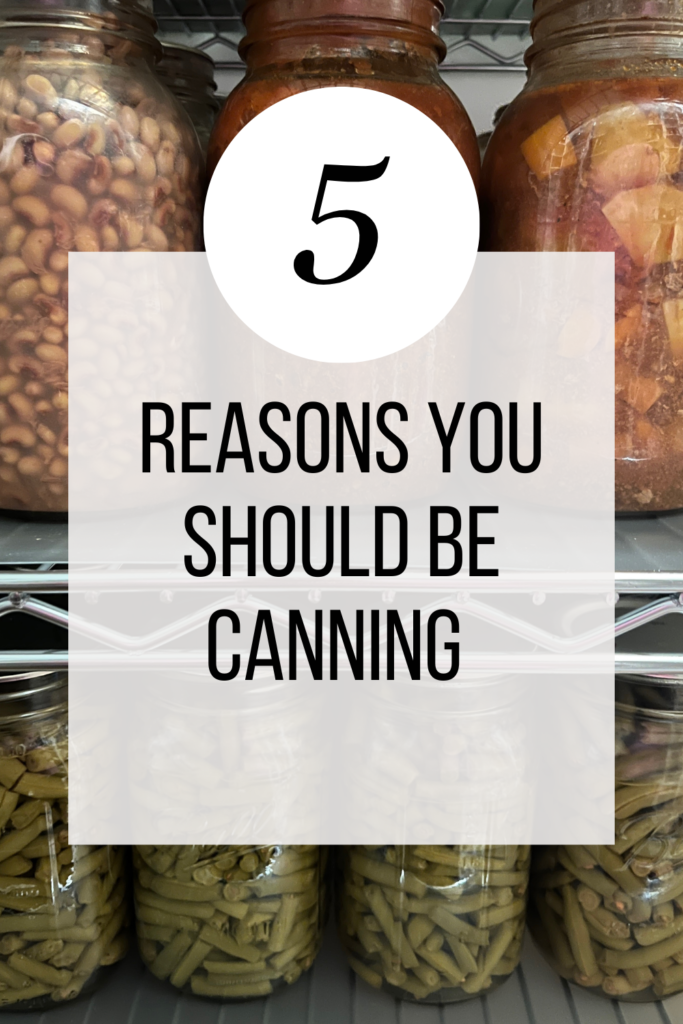
[…] one of the best things about canning. You don’t have to take up space in the refrigerator, and your salsa can sit on the shelf for […]